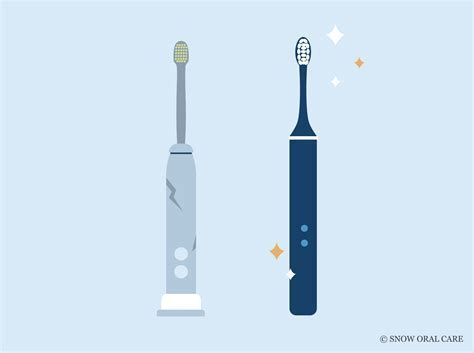Introduction
The health and hygiene of your pet’s paws are essential for their overall well-being. Healthy paws allow your pet to walk, run, and play without pain or discomfort. Good hygiene practices can help prevent infections and other problems. This article will provide you with information on how to keep your pet’s paws healthy and clean.

External Threats to Paw Health
- Rough Surfaces: Asphalt, concrete, and other rough surfaces can cause abrasions and cuts on your pet’s paws.
- Extreme Temperatures: Hot pavement can burn your pet’s paws, while cold weather can lead to frostbite.
- Chemicals: Antifreeze, fertilizers, and other chemicals can be harmful to your pet’s paws.
- Parasites: Fleas, ticks, and other parasites can transmit diseases to your pet through their paws.
- Infections: Cuts and abrasions can become infected if they are not properly cleaned and treated.
Signs of Paw Problems
- Licking or Chewing: Your pet may lick or chew at their paws if they are sore, itchy, or infected.
- Limping: Your pet may limp if they have a painful paw.
- Redness and Swelling: Redness and swelling can be a sign of infection or inflammation.
- Discharge: A discharge from the paw may be a sign of an infection.
- Abscesses: An abscess is a collection of pus that can form in the paw.
Tips for Paw Health
- Keep paws clean: Regularly clean your pet’s paws with a damp cloth. If your pet has been exposed to chemicals or other irritants, be sure to rinse their paws with clean water.
- Trim nails: Long nails can put pressure on the paw and cause discomfort. Trim your pet’s nails regularly to keep them at a comfortable length.
- Check paws regularly: Check your pet’s paws for any signs of injury or infection. If you notice any problems, contact your veterinarian.
- Moisturize paws: Dry paws can crack and become sore. Apply a paw moisturizer to your pet’s paws regularly to keep them soft and healthy.
- Protect paws from extreme temperatures: In hot weather, keep your pet off of hot pavement and try to walk them on grassy areas. In cold weather, provide your pet with boots or booties to protect their paws from frostbite.
- Avoid chemicals: Avoid exposing your pet’s paws to chemicals such as antifreeze and fertilizers. If your pet comes into contact with chemicals, be sure to rinse their paws with clean water.
Paw Hygiene Products
There are a variety of paw hygiene products available to help keep your pet’s paws healthy and clean. These products include:
- Paw wipes: Paw wipes are pre-moistened wipes that can be used to clean your pet’s paws. They are a convenient way to remove dirt, debris, and other irritants from your pet’s paws.
- Paw cleaners: Paw cleaners are devices that can be used to clean your pet’s paws. They typically consist of a reservoir of water and a brush. You simply place your pet’s paw in the reservoir and the brush will clean the paw.
- Paw balms: Paw balms are moisturizing products that can be applied to your pet’s paws to keep them soft and healthy. They can also be used to protect your pet’s paws from extreme temperatures.
Conclusion
By following these tips and using the right products, you can help keep your pet’s paws healthy and clean. Healthy paws will allow your pet to walk, run, and play without pain or discomfort.





















